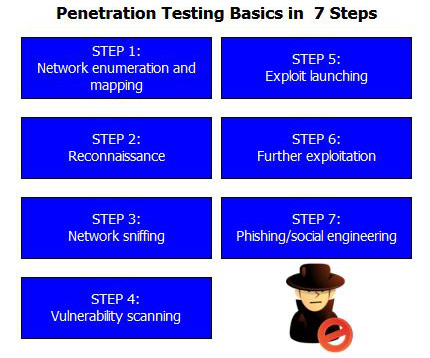New VPN Risk Report by Zscaler Uncovers Hidden Security Risks Impacting Enterprises
CyberSecurity Insiders
FEBRUARY 16, 2021
2021 Research Highlights Growing Security Vulnerabilities Around Targeted Social Engineering, Ransomware and Malware Attacks. Respondents indicated that social engineering (75%), ransomware (74%), and malware (60%) are the most concerning attack vectors and are often used to exploit users accessing VPNs. Zscaler, Inc.

















Let's personalize your content